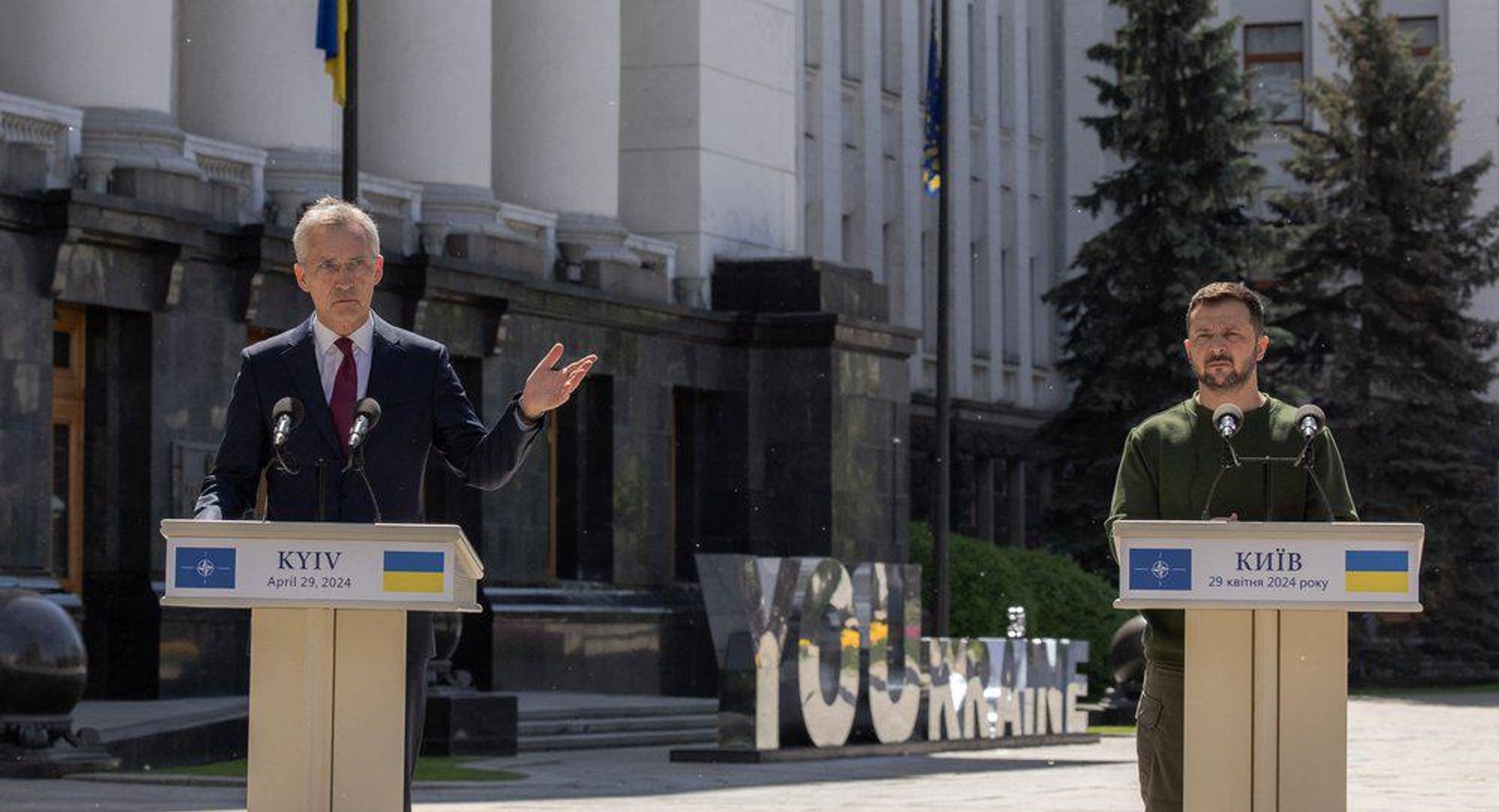Strategic Underwater Cable Sabotage: A New Era of Maritime Threats
Recent attacks against strategically significant underwater cables in the Baltic Sea and South China Sea have raised alarms among top officials in Europe and North America. Allegedly orchestrated by Russian and Chinese entities, these incidents have left many questioning whether these occurrences are mere coincidences or part of a larger, more coordinated strategy. Maritime sabotage in these regions has surged sharply, particularly in recent months, with three high-profile incidents noted between October and December alone.
The Baltic Sea: A Growing Concern
The Baltic Sea has become a hotbed of recent maritime sabotage. In November 2023, two undersea cables were severed, prompting a swift investigation by European authorities. At the center of the probe was the Chinese-flagged commercial ship, the Yi Peng 3. Danish naval forces detained the vessel after it reportedly dragged its anchor for over 100 miles along the Baltic seabed, severing crucial connections between multiple nations. On November 17, the ship damaged a cable linking Sweden and Lithuania; the following day, it cut Finland’s only communication link to Germany.
This incident echoed a previous case from October 2023 involving another Chinese vessel, the NewNew Polar Bear. That ship also dragged its anchor across the Gulf of Finland, damaging the Balticconnector gas pipeline and two telecommunications cables between Sweden and Estonia. Subsequently, the NewNew Polar Bear was found docked at a Russian port, having mysteriously lost its port-side anchor.
The parallels between these incidents and last year’s Nord Stream pipeline attack have not gone unnoticed, leading European leaders to classify the cable cuts as deliberate acts of sabotage. Former Lithuanian Foreign Minister Gabrielius Landsbergis humorously remarked on social media, “If I had a nickel for every time a Chinese ship was dragging its anchor on the bottom of the Baltic Sea in the vicinity of important cables, I would have two nickels. Which isn’t much, but it’s weird that it happened twice.”
China’s Growing Maritime Aggression
While Beijing has denied any wrongdoing regarding the cable incidents, the targeting of undersea infrastructure is not unfamiliar territory for China. This tactic has been a part of its ongoing pressure campaign against Taiwan. Recent reports indicate that Taiwan is now investigating a separate incident involving a Chinese-linked vessel that may have intentionally damaged one of its fiber-optic cables.
In light of these threats, Taiwan has decided to expand its low-orbit satellite network to bolster its defenses against potential isolation efforts by China. “Chinese vessels have now been implicated in the recent damage to Baltic Sea cables, something we have seen in the Taiwan Strait for years,” stated EU diplomat Kaja Kallas. She ties these actions to America’s geopolitical stance, noting that “China is closely monitoring our response to Russia’s war,” advocating for a robust Western reaction.
Russia’s Covert Operations
Meanwhile, Russia’s role in maritime sabotage has also raised eyebrows. On Christmas Day, Finnish authorities detained a vessel linked to Moscow, the Eagle S, while it was reportedly anchored in the seabed, causing damage to four telecommunications and Estlink 2 power cables between Finland and Estonia. This vessel is part of Russia’s so-called “shadow fleet,” which includes a range of aging ships whose ownership often remains unclear. Experts believe Moscow may employ this fleet to evade sanctions and continue funding its military operations in Ukraine.
Authorities in Washington, D.C., have remained tight-lipped regarding the interconnectedness of these incidents in both the Baltic and South China Seas. However, many security experts caution against viewing these events in isolation. Former Deputy Assistant Secretary of Defense for East Asia, Heino Klinck, emphasized, “I don’t believe in coincidence in international affairs. Both malign actors thrive in the gray zone, and these attacks seem to be mutually reinforcing and mutually inspiring as they demonstrate the ineffectual international response to date.”
NATO’s Strategic Countermeasure: Operation Baltic Sentry
In light of these emerging maritime threats, NATO has unveiled a new initiative known as “Operation Baltic Sentry.” This strategy aims to bolster the Alliance’s presence and capabilities in the Baltic Sea in response to the increasing risk of sabotage. The plan includes the enhanced deployment of naval ships, an expanded fleet of naval drones, and the integration of artificial intelligence to improve detection and response measures.
A NATO spokesperson confirmed that these proactive steps are vital given the current security landscape, urging member states to remain vigilant. “The threats posed by state and non-state actors in these critical maritime zones require a concerted effort from NATO and its allies,” the spokesperson added.
Conclusion: The Need for a Unified Response
The incidents surrounding the underwater cables in the Baltic and South China Seas represent more than isolated events; they signify a troubling trend of hybrid warfare tactics employed by state actors aiming to destabilize regions crucial to global commerce and communication. As allegations of Russian and Chinese involvement surface, it becomes increasingly imperative for Western nations to adopt a unified response that dissuades further acts of sabotage and safeguards vital international infrastructure.
With NATO’s Operation Baltic Sentry underway, the focus is now on concerted action that reaffirms the commitment to collective security in the face of these complex maritime threats. The geopolitical landscape continues to shift, revealing new challenges that require innovative strategies and unwavering resolve from allied nations.
This HTML document captures the essence of the article, expanding it to a more detailed exploration of the events and enhancing the journalistic style with appropriate headings and a structured format.
